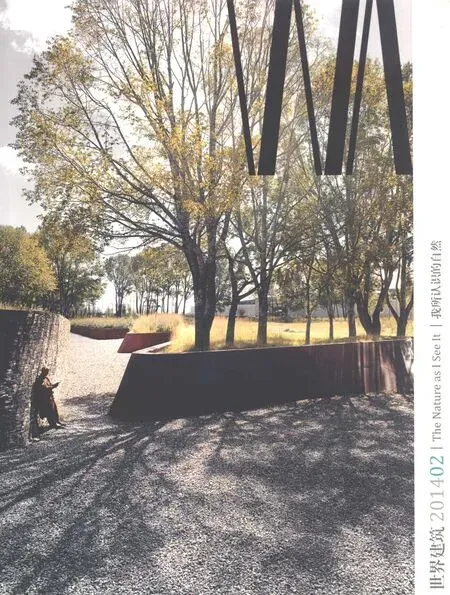清华大学胜因院景观,北京,中国
景观设计:清华大学建筑学院景观学系
Landscape Design: Department of Landscape Architecture at the School of Architecture, Tsinghua University
清华大学胜因院景观,北京,中国
Landscape of Shengyin Yuan in Tsinghua University, Beijing, China, 2012
景观设计:清华大学建筑学院景观学系
Landscape Design: Department of Landscape Architecture at the School of Architecture, Tsinghua University

1 雨水花园台阶边沿与置石/Steps and stones in the rain gardens
胜因院是清华大学教师住宅群之一,始建于1946年,曾有多位清华大学知名教授居住于此。60多年来,随着周围地势因建设而抬高,这里遂成为低洼地带,每逢暴雨便导致严重内涝。对这一颇具历史文化价值的地区进行改造,须将历史保护、景观营造与解决雨洪内涝问题结合在一起。近年来,国外最佳管理实践(BMPs)和低影响开发(LID)等雨洪管理措施日益得到推广,它们均强调最大限度地从源头控制径流,就近处理雨水,以达到减少径流、污染物并控制流速的目的。设计团队基于场地及校园历史风貌的变迁,提出了胜因院景观设计定位:(1)校史教育场所和纪念空间;(2)具清华特色的人文科研办公区;(3)“绿色大学”雨洪管理示范场所。
设计方案把降雨、产流、汇流、入渗、排水与竖向、土壤等分析、计算及相应雨洪管理技术,与场地文脉、空间序列、功能、形式、植物、活动设计相结合。雨水花园作为核心景观要素,一方面保证蓄渗设计要求,同时其形状灵活顺应周边建筑、道路,结合石笼、条石台阶、置石、旱溪、木平台及植物等元素,使雨水花园不仅作为一种绿色基础设施发挥削减暴雨径流、减缓内涝、处理面源污染等功能性作用,同时也参与到表现场地特征、塑造场所精神、体现场地历史、激发场地活力的过程中,塑造具有多功能的景观基础设施,也使场地更新改造成为解决积涝问题与创造新景观的契机。这种低成本、低影响、低技术的景观途径,对我国城市解决雨洪内涝问题的策略选择方面颇具启发意义。

2 区位/Location
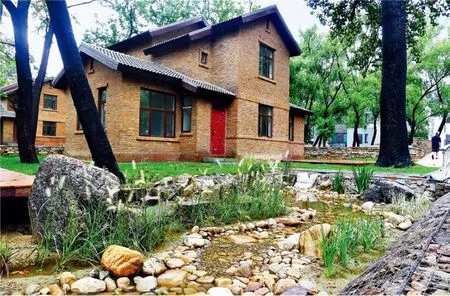
3 雨季/Rain season
Built in 1964, Shengyin Yuan was once a model of modern housing for Tsinghua faculty. A number of distinguished professors lived there, including Mr. Liang Sicheng and Lin Huiyin, but with over 60 years of construction in the area, the site has settled and often suffers from serious drainage problems. In recent years BMP, LID and other storm water management techniques have been increasingly accepted and implemented. Based on an historical analysis of the site and campus, the design team arrived at the following overall design and program objectives: (1) the creation of a campus education and memorial space; (2) the development of a social and humanities science park with university characteristics; (3) the aim of being a demonstration site for storm water management.
This project illustrates how to solve on-site storm water issues in a way that is in keeping with a site's historical context. The first step in the process was the analysis of the site's soil, vegetation, topographic and drainage conditions. Based on the analysis and calculation of confluence and infiltration, several rain gardens were introduced. These successfully solved the waterlog problem, decreased runoff, encouraged more infiltration and integrated the landscape design with the surroundings. Thus multiple goals including solving the drainage problem, creating a water landscape and enhancing the nature of the site were achieved. Rain gardens and other storm water management facilities are not only green infrastructure, but also become integral parts of the space, reflecting its character, preserving its history and improving its use and energy. Landscape approaches of this kind-low cost, low impact and low tech-have proven effective in solving drainage problems on significant sites.

4 总平面/Site plan

5.6 非雨季/Non-rain season
评论
鲍威:景观设计并非对城市表面的美化,而是可以解决实际问题的。此案通过诚实与单一地解决场地排水的问题,形成了吸引人的设计结果。追求真实的设计,其结果必然是美丽的。这种“微景观”其实可以和生活走得如此之近,可谓小景观解决大问题。“微景观”规模小,意味着自发性与易操作性,必然在未来具备无限的活力和市场。
郑晓笛:水是景观设计中最具动感的自然要素。在场地内汇聚地表径流、进而净化循环在西方国家已是较为普遍的设计手法,但在中国仍处于起步阶段。清华大学胜因院多年饱受内涝之苦,暴雨后积水可深达70cm,雨水花园在解决这一困扰的同时,营造出一方供人休憩的宜人场所。如果可以将雨季时的雨水储存用于旱季时的灌溉,可能也是不错的选择。
Comments
BAO Wei:Landscape design should resolve pragmatic issues, rather than simply beautifying the city's surface. This project achieves attractive results simply by straightforwardly dealing with the site's drainage problem. Truthfulness begets beauty. A Microlandscape can engage large problems but still beat the scale of everyday life. And small scale can mean being spontaneous and easy to operate. We see great potential for this kind of solution.
ZHENG Xiaodi: Water is the most dynamic element in a landscape system. Collecting, filtering, and recycling storm water on site are common practices in western countries, but ones just emerging in China now. Shengyin Yuan at Tsinghua University has suffered flooding problem over the years. Standing water there has reached a depth of 70cm after a heavy storm. This rain garden successfully tackles this problem while creating a pleasant outdoor space for local users. It would be even better if the storm water collected in rainy seasons could be stored to be used for irrigation in the dry ones.
项目信息/Credits and Data
客户/Client:清华大学房地产管理处
项目主持/Principal in Charge:刘海龙
设计团队/Design Team:李金晨,颉赫男,孙宵铭,王川,陈琳琳,曹玥
雨水花园及给排水工程计算/Civil Consultants:张丹明,张挺
承建方/Contractor:清华大学园林科
项目面积/Area:1 hm2
项目时间/Project Period:2010.3-2012.10

7 阅读/Reading

8 认知/Perceiving

9 胜因院高程分析/Elevation analysis
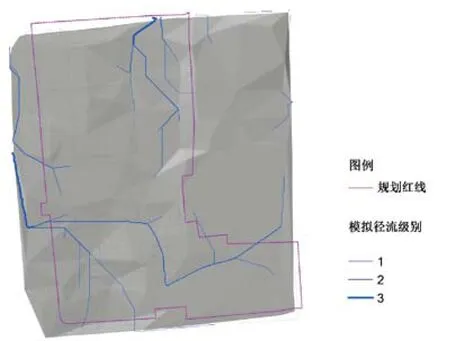
10 胜因院径流模拟分析/Drainage simulation analysis
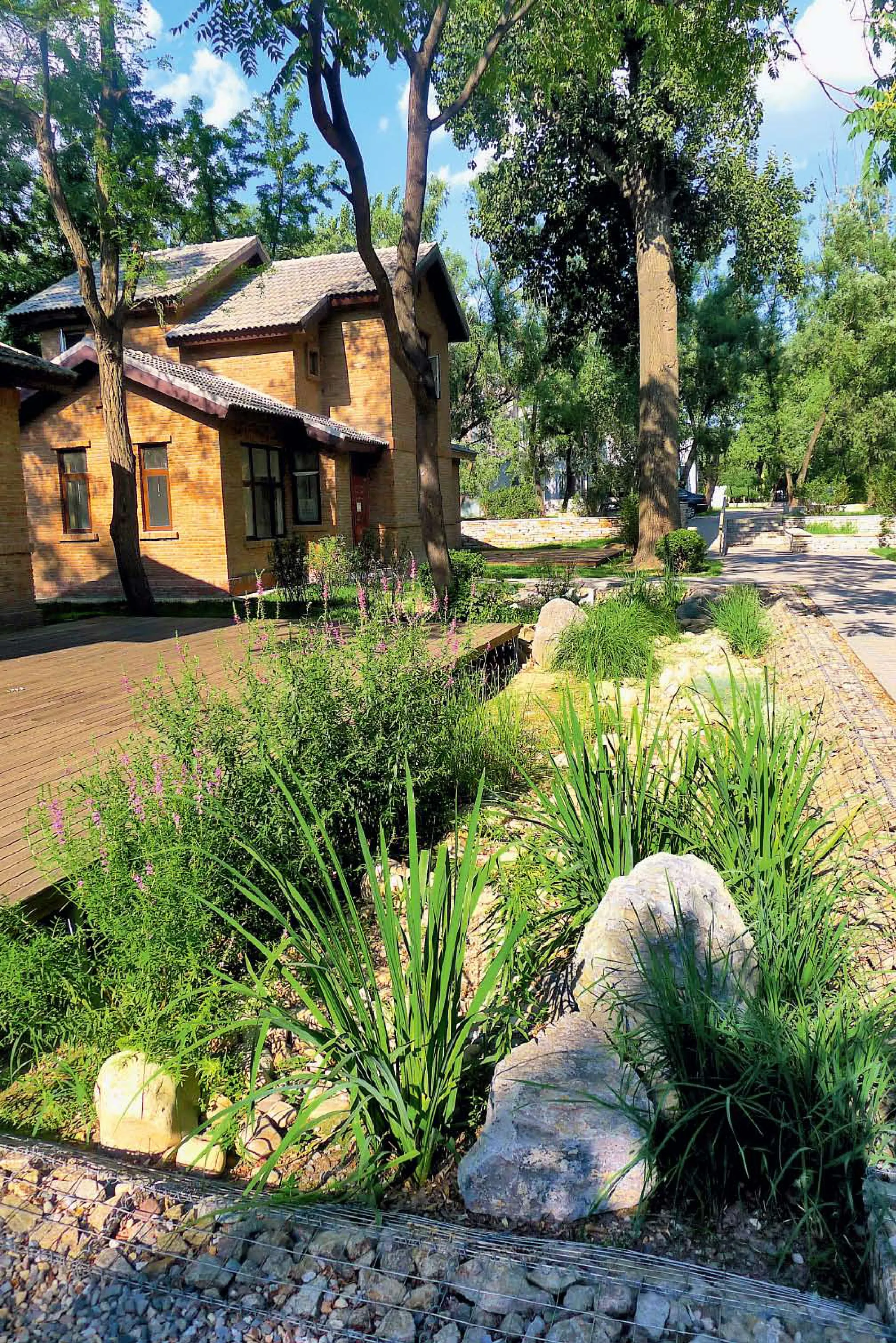
11 非雨季/Non-rain season
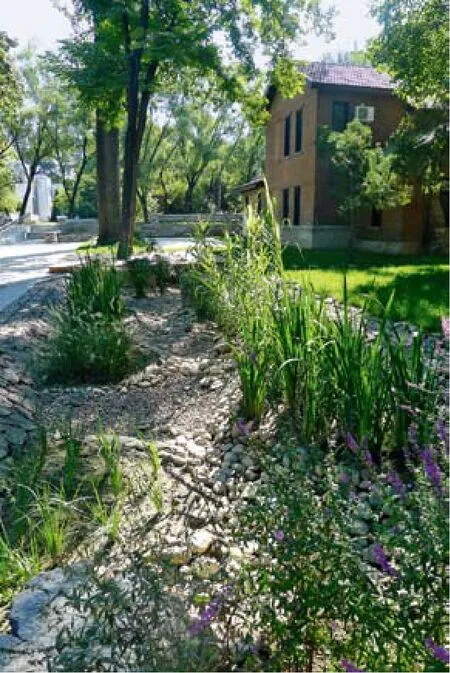
12 春/Spring

13 夏/Summer

14 秋/Autumn
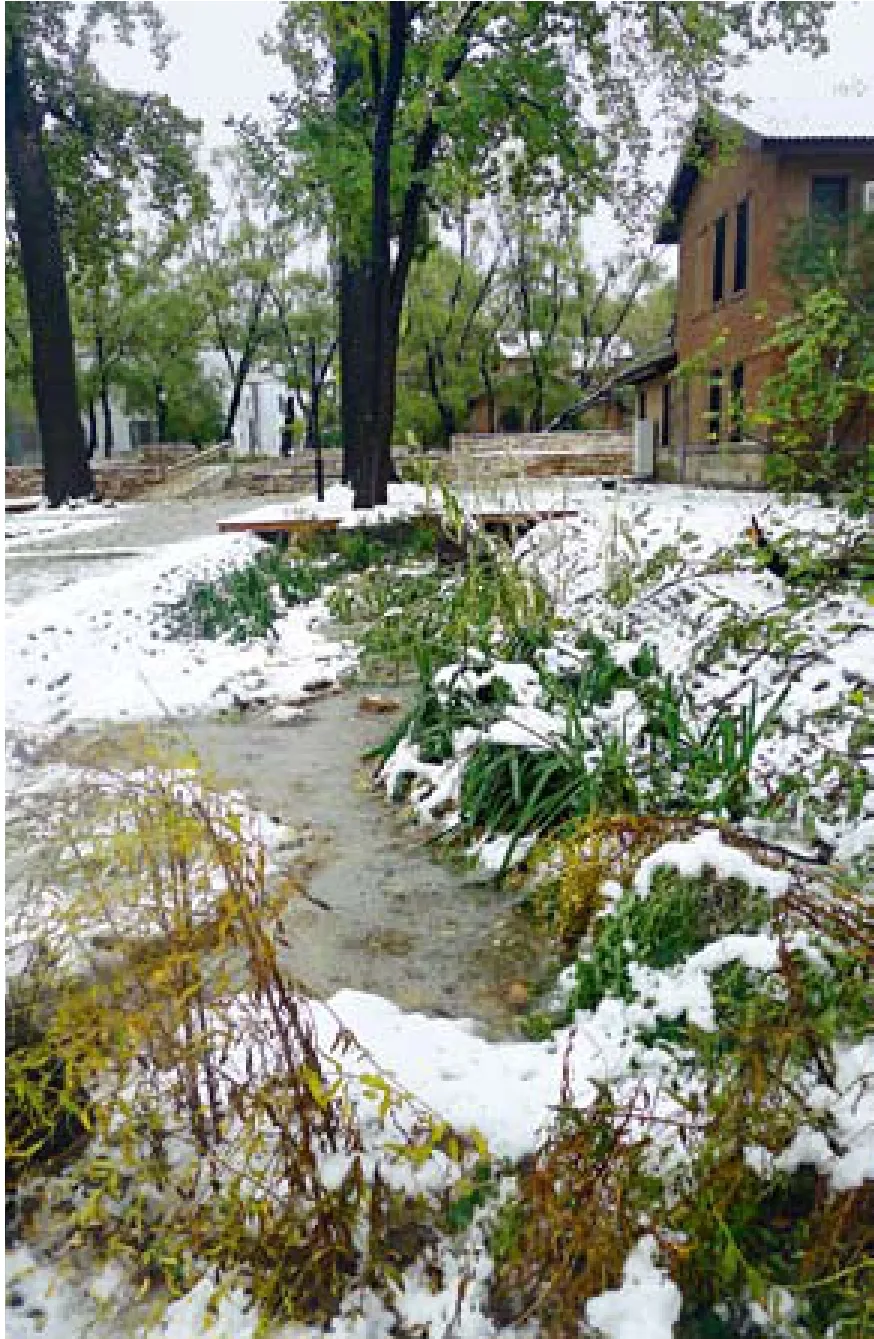
15 冬/Winter

